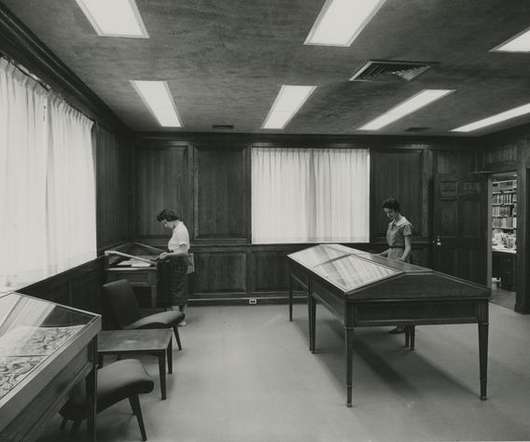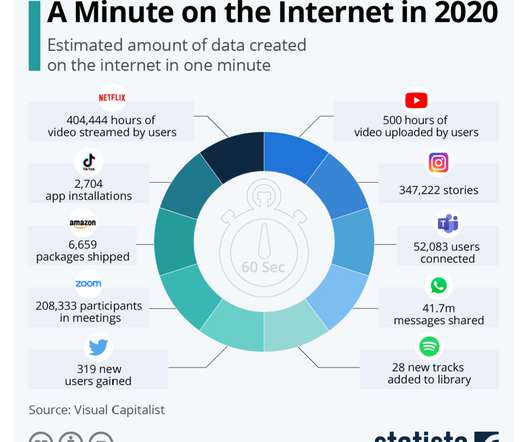Library History with Heritage & University Archives, Part 2
Archives Blogs
JUNE 26, 2020
In this second installment of Library History with Heritage & University archives, we’ll be looking at the trajectory of the Library School since its reorganization in 1947. Strozier Library, 1957, view this item in the digital library. The school’s name was changed once more in 2004 to the College of Information.













Let's personalize your content